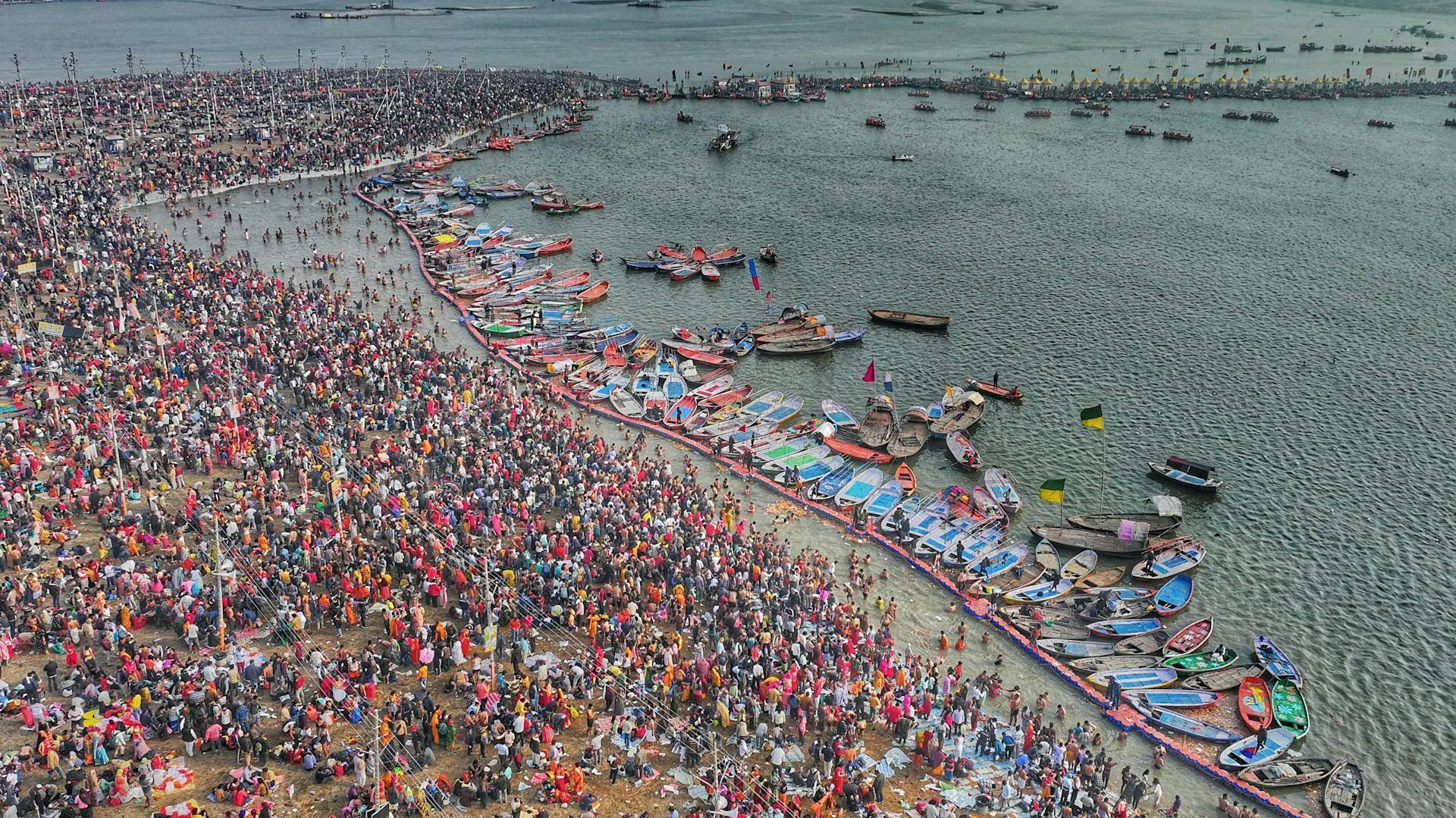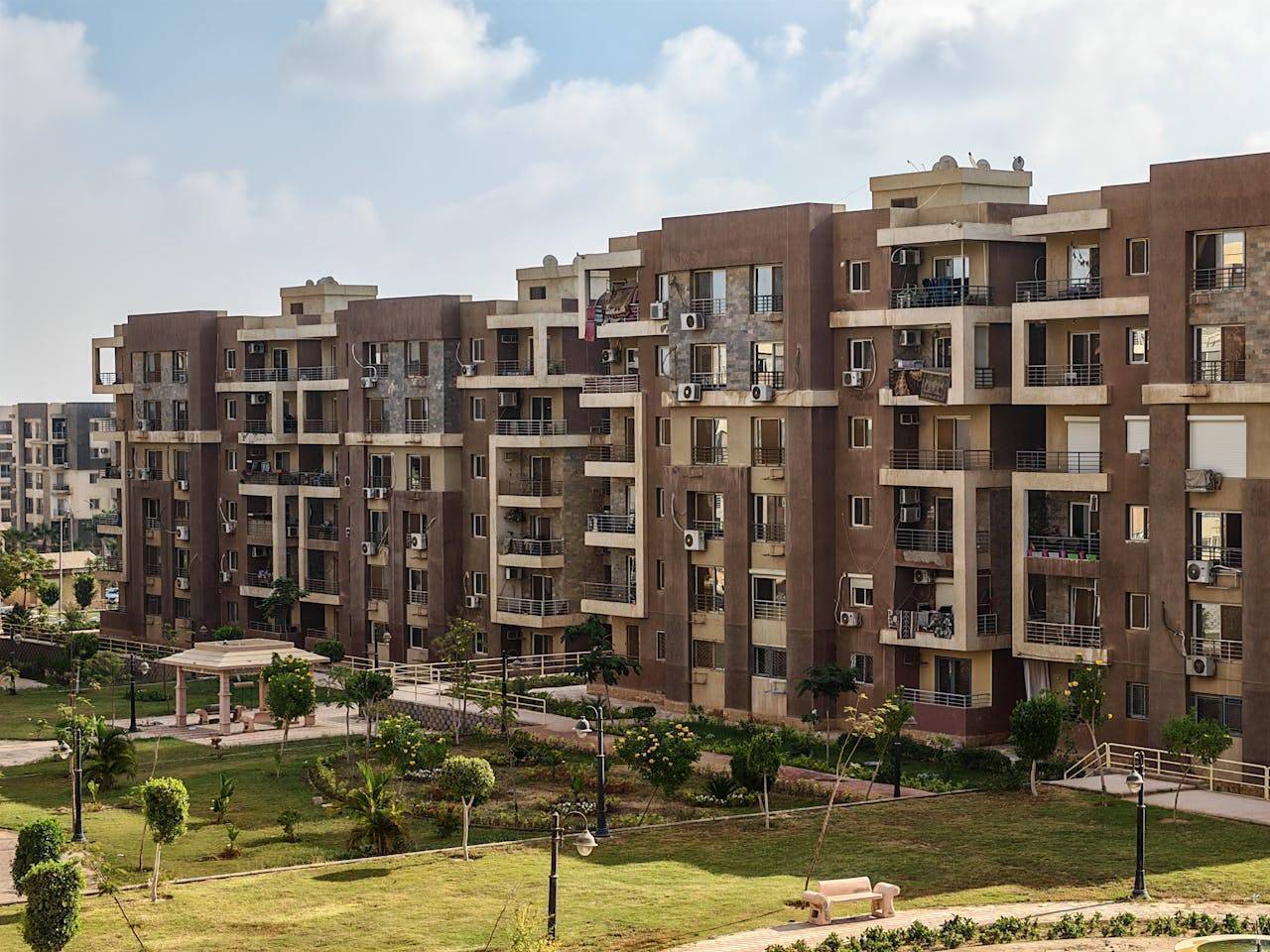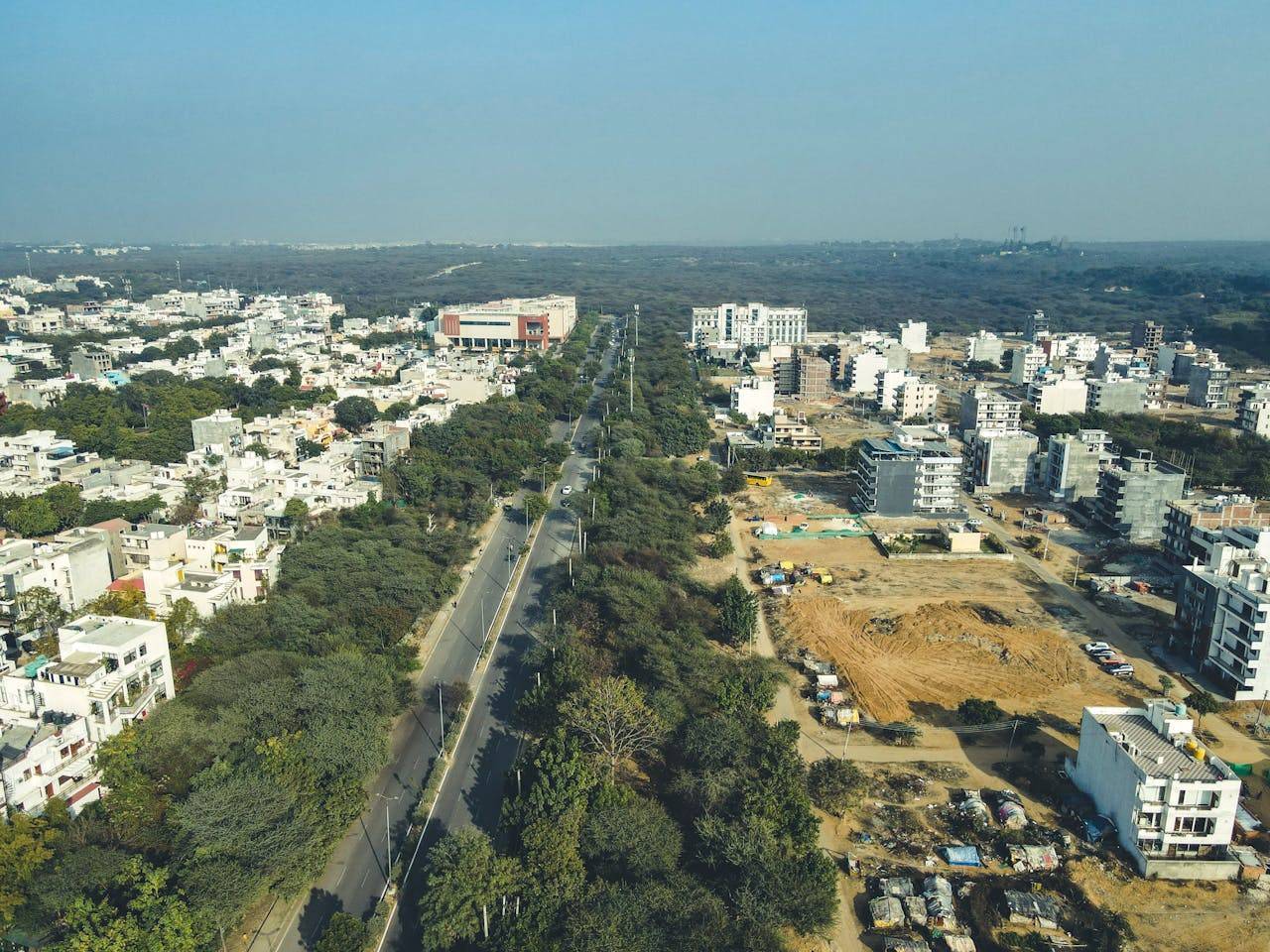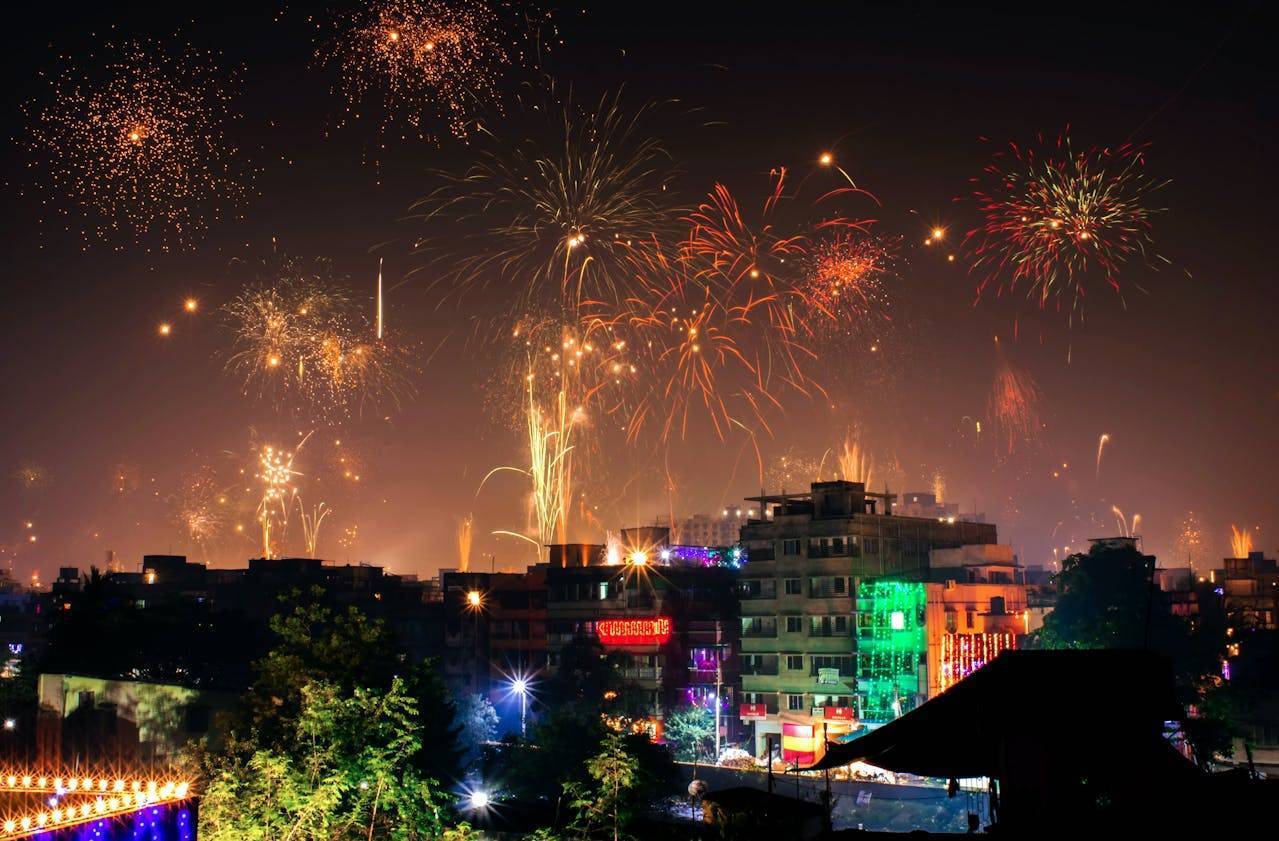The Union Budget 2025 has introduced several initiatives aimed at enhancing India’s tourism sector, with far-reaching implications for the real estate market. As the government turns its focus to developing the country’s top 50 tourist destinations, promoting Buddhist and medical tourism, and facilitating homestays through MUDRA loans, real estate stakeholders expect a significant upsurge in demand across residential, commercial, and hospitality sectors in major tourist hubs.
Growing Demand for Real Estate in Tourism and Pilgrimage Hubs
Market trends reveal an increasing interest in residential properties within key tourism and pilgrimage destinations, including Goa, Nainital, Ayodhya, Prayagraj, Rishikesh, and Varanasi. Several factors, including enhanced infrastructure, improved connectivity, and government initiatives, have made these regions more attractive to homebuyers and investors. The growing number of tourists in these destinations has generated demand for homes that double as income-generating assets, such as vacation homes, homestays, and short-term rental properties.
According to data from Magicbricks, popular tourist hotspots, especially lifestyle destinations like Goa, Nainital, and Dehradun, have experienced substantial increases in residential demand. Year-on-year growth in property searches has been impressive. For instance, Nainital saw a remarkable 49.3% increase, Dehradun recorded a 27.7% rise, Shimla grew by 33.7%, and Rishikesh's demand surged by 26.6%. Pilgrimage destinations such as Prayagraj, Varanasi, Puri, and Shirdi have also witnessed a rise in interest, with Prayagraj showing a 28% increase, Varanasi 11.8%, Puri 15.3%, and Shirdi 10.6%. These trends suggest that real estate investors and homebuyers are increasingly drawn to areas with a heavy tourist influx as viable long-term investments.
One of the major attractions of these regions is the relatively affordable pricing of residential properties. For example, the residential price in Varanasi stands at around Rs 6,200 per square foot, Puri is priced at Rs 6,629, and Shirdi at Rs 4,598 per square foot. These attractive price points have prompted investors to capitalize on the market, particularly in the burgeoning segment of holiday homes, homestays, and short-term rental accommodations like bed-and-breakfasts.
Infrastructure Development and Economic Growth
Recognizing tourism’s potential as a driver of employment and economic growth, the government has allocated Rs 20,000 crore for infrastructure development in India’s prime tourist destinations. The objective is to bolster tourism-related infrastructure, improve connectivity, and generate jobs, thereby stimulating real estate demand. The influx of tourists, coupled with better amenities and services, will further drive residential, commercial, and hospitality investments in these areas.
The expansion of tourism activities will likely lead to more employment opportunities in sectors such as hospitality, retail, transportation, and food services. As people migrate to these destinations for work, the demand for housing is expected to increase. Improved infrastructure is also expected to stimulate the development of co-working and co-living spaces in scenic locations. These spaces will cater to a younger, mobile workforce and digital nomads who seek to work remotely from attractive tourist destinations.
Sudhir Pai, CEO of Magicbricks, emphasized that the government's initiative to develop 50 prominent tourist destinations will drive significant local economic growth and transform the real estate landscape. As infrastructure improves and tourism increases, the demand for residential, commercial, and hospitality properties will surge, making these locations attractive investment opportunities. High-demand areas like Goa, Nainital, and Dehradun are already seeing strong interest from investors seeking second homes, which can also function as income-generating assets, further boosting the real estate market in these regions.
Opportunities in Hospitality and Retail Real Estate
The push for homestays through MUDRA loans will encourage property owners to convert their homes into short-term rentals, which can offer higher yields compared to traditional long-term leases. This move, along with improved financing options for the hotel industry, will support the growth of the hospitality sector, making it a key area for investment.
The Union Budget 2025 places a strong emphasis on supporting the hospitality sector, which is expected to drive demand for hotels, luxury residences, and retail spaces. Investors are particularly keen on luxury hotels, branded residences, and premium retail outlets in these high-demand areas. With the expansion of policies supporting foreign investments and greater participation from non-resident Indians (NRIs), these tourism hubs are likely to attract substantial capital inflows, further boosting their real estate markets.
Real Estate in Tourism-Driven Markets
The real estate market in tourist hubs is set to experience robust growth, underpinned by infrastructure-led development and government-backed initiatives. The Union Budget measures will not only drive demand for residential, commercial, and hospitality properties but will also enhance the quality of urban infrastructure, creating new avenues for investment and growth.
As these tourism hubs continue to evolve into vibrant economic centers, the potential for real estate development in these regions will be significant. Investors are expected to align their strategies with the growing opportunities in these areas, ensuring sustained demand for both short-term and long-term property investments.
Rise in Investment and Land Prices
With the surge in real estate demand, land prices in these tourist destinations are expected to rise steadily. As interest in these regions increases, speculative buying could contribute to price appreciation, particularly in prime locations. Real estate investors, both domestic and international, are increasingly eyeing these areas for capitalizing on potential short-term gains as well as long-term appreciation.
Besides residential properties, the commercial real estate sector is also poised for growth. As tourism activities expand, there will be greater demand for shopping centers, entertainment venues, and food-and-beverage outlets. These developments will not only contribute to the local economy but also make these regions even more attractive for investors.
With increasing investor interest, competitive pricing, and the sustained surge in demand for tourism-driven real estate, India’s real estate sector is poised for a remarkable transformation. Stakeholders are strategically positioning themselves to capitalize on these emerging opportunities, driving long-term growth and regional development in key tourism hubs.









.png)